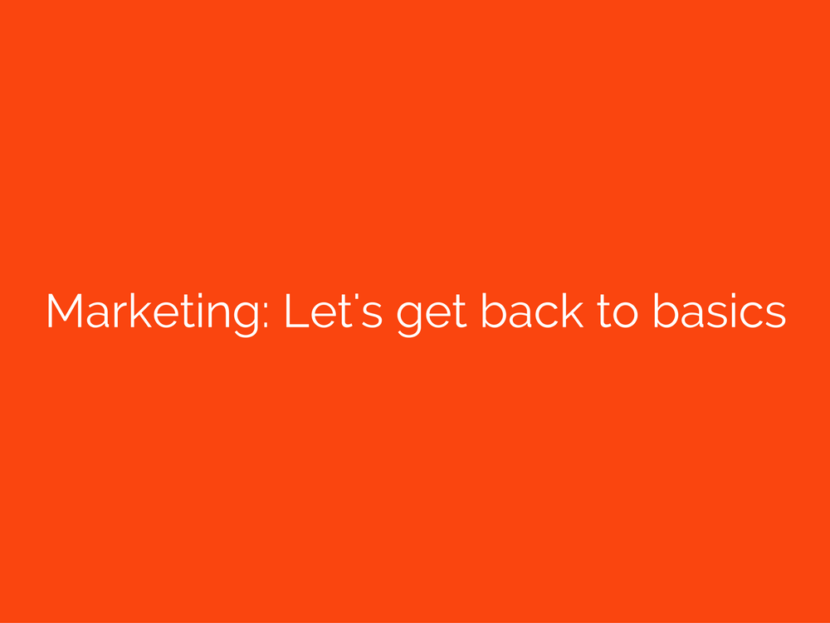Marketing is a wide and complicated area of study and, as with other specialities, it takes years of experience and constant study to master.
However, the word ‘marketing’ has been overused and generalised in a way that has led some of the tried and tested concepts and tools of marketing to be misused and wrongly applied to businesses by people professing to be ‘marketing experts’, that are not really qualified to call themselves that.
Let’s get the concept right. Marketing is not a synonym for advertising on Social Media or using Google Adwords. Tweeting, submitting articles or videos to online sites or blogging – are just examples of marketing communication tools.
Marketing is the mastermind that liaises between the needs and wants of your customers and your business interests. Marketing communications is the method by which you communicate messages to target audiences regarding the business.
Marketing is about understanding ‘who’ your potential or target customer is and ‘why’ they need or want your product or service. Once you understand ‘who’ and ‘why’, you should know ‘what’ to say, ‘how’ to say it and the most appropriate channel to reach your customers. If you want your brand to be heard, you must get the first two right. If you do, the chances are much higher that the right customers will notice your business.
Over the years we have seen cases in which businesses are using weak messages in the wrong channels to communicate with their potential customers, just for the sake of being everywhere, but still they call it ‘Marketing’.
Marketing doesn’t work like a magic potion in which you add a little bit of Facebook, a pinch of Twitter and things magically happen.
You have to understand your target audience, your competitors, your stakeholders, your environment and how your business is positioned in your industry and design / produce products or services for them and communication strategies that are appropriate to them.
For example if you run a drilling business, do you think your target audience decision-makers are going to be looking at Facebook, Pinterest or Instagram for the information they need and with a business mindset to check you out? Probably not.
Frequent updates in communications technology and the need of ‘savvy, time-poor’ customers for instant updates, are rapidly changing the way we communicate with each other. Importantly, from a marketer’s perspective, these changing communication patterns are providing us with more tools to better understand our customers and require different native languages in each new channel.
Get your marketing and communications strategies right. Go back to basics. Set objectives for every communication you want to have. Ask yourself some of the following questions: Who is my most valuable target audience? Is my product designed to satisfy their needs? What media and information channels do that audience consume? Am I being product centric or customer centric? Does the communication highlight the benefits that my products or services can offer? Is the price-point correct? Can they ‘buy’ my products or services easily? Is my branding showing off and encapsulating the personality of my brand and how it is different from the competition?
My advice is this. One size doesn’t fit all. Your business is unique. Your audience is unique. Your competition never stands still. Remember, more is not always better. Give your audience a reason to believe and to engage with your business. Focus your energy and resources in understanding them and not in managing different platforms. If you are not a marketer, ask for advice on how to re-structure your marketing strategy to deliver meaningful results, not just in getting more Facebook ‘likes’.
So dust down your marketing strategy. Look at it with a fresh pair of eyes and change it to suit your current business needs. If you don’t have the time or energy to do this, engage a professional marketing consultancy to assist you.
And remember. Get back to basics

